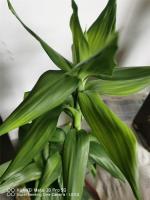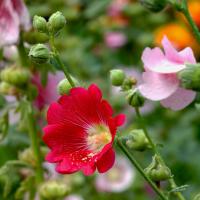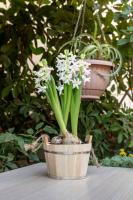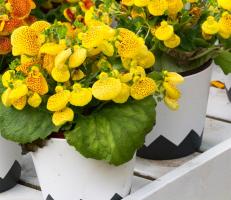When to Plant Tomatoes in Vermont
Tomatoes are a favorite crop for many gardeners in Vermont. However, due to the state’s short growing season and unpredictable weather patterns, it’s crucial to select the right time of year to plant them. In this article, we’ll explore the best time to plant tomatoes in Vermont and some tips to help ensure a successful harvest.
Understanding Vermont’s Growing Season
The first step to determining when to plant tomatoes in Vermont is to understand the state’s growing season. Generally, Vermont has a short growing season due to its northern latitude and continental climate. The average frost-free date in Vermont ranges from May 15 to June 15, depending on the location. This means that the growing season typically lasts from late May to early October, giving gardeners a limited window to plant and harvest their crops.
Choosing the Right Tomato Varieties
When selecting tomato varieties to plant in Vermont, it’s essential to choose ones that are well-suited to the region’s short growing season. Some popular varieties that perform well in Vermont include Early Girl, Stupice, and Glacier. These varieties are known for their ability to ripen quickly, producing fruit within 60 to 70 days from planting. Additionally, they are tolerant of cooler temperatures and can handle a light frost in the fall.
Starting Seeds Indoors
One way to maximize Vermont’s short growing season is to start tomato seeds indoors. Indoor seed starting allows gardeners to get a head start on their crops, giving them more time to grow and mature before planting outside. Generally, tomato seeds should be started indoors about six to eight weeks before the last frost date in your area. For Vermont, this means starting seeds in late March or early April.
Planting Outdoors
For those who prefer to plant their tomatoes directly outside, it’s crucial to wait until after the frost has passed before planting. Tomato plants are sensitive to cold temperatures and can be damaged or killed by frost. To be safe, wait until the soil has warmed up to at least 60°F before planting. This usually occurs in mid to late May in Vermont. Additionally, make sure to choose a sunny location with well-draining soil for your tomato plants.
Tips for Growing Tomatoes in Vermont
To help ensure a successful tomato harvest in Vermont, there are a few tips to keep in mind. Firstly, make sure to provide your tomato plants with adequate water throughout the growing season. Tomatoes require consistent moisture to produce high-quality fruit. Additionally, consider using a layer of mulch around your plants to help conserve moisture and keep the soil cool. Lastly, be sure to monitor your plants for pests and diseases, which can be a common problem in the humid Vermont climate.
Conclusion
Knowing when to plant tomatoes in Vermont is crucial for a successful harvest. By choosing the right varieties, starting seeds indoors, waiting until after the frost has passed to plant outside, and following some basic care tips, gardeners can enjoy fresh, ripe tomatoes throughout the short growing season. Happy planting!

 how many times do yo...
how many times do yo... how many planted tre...
how many planted tre... how many pine trees ...
how many pine trees ... how many pecan trees...
how many pecan trees... how many plants comp...
how many plants comp... how many plants can ...
how many plants can ... how many plants and ...
how many plants and ... how many pepper plan...
how many pepper plan...

































